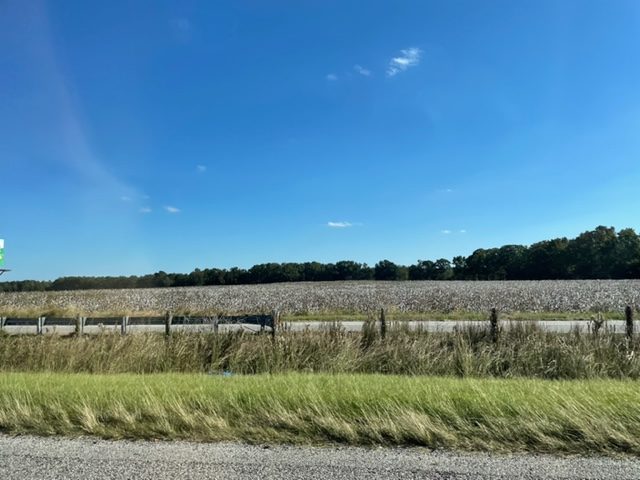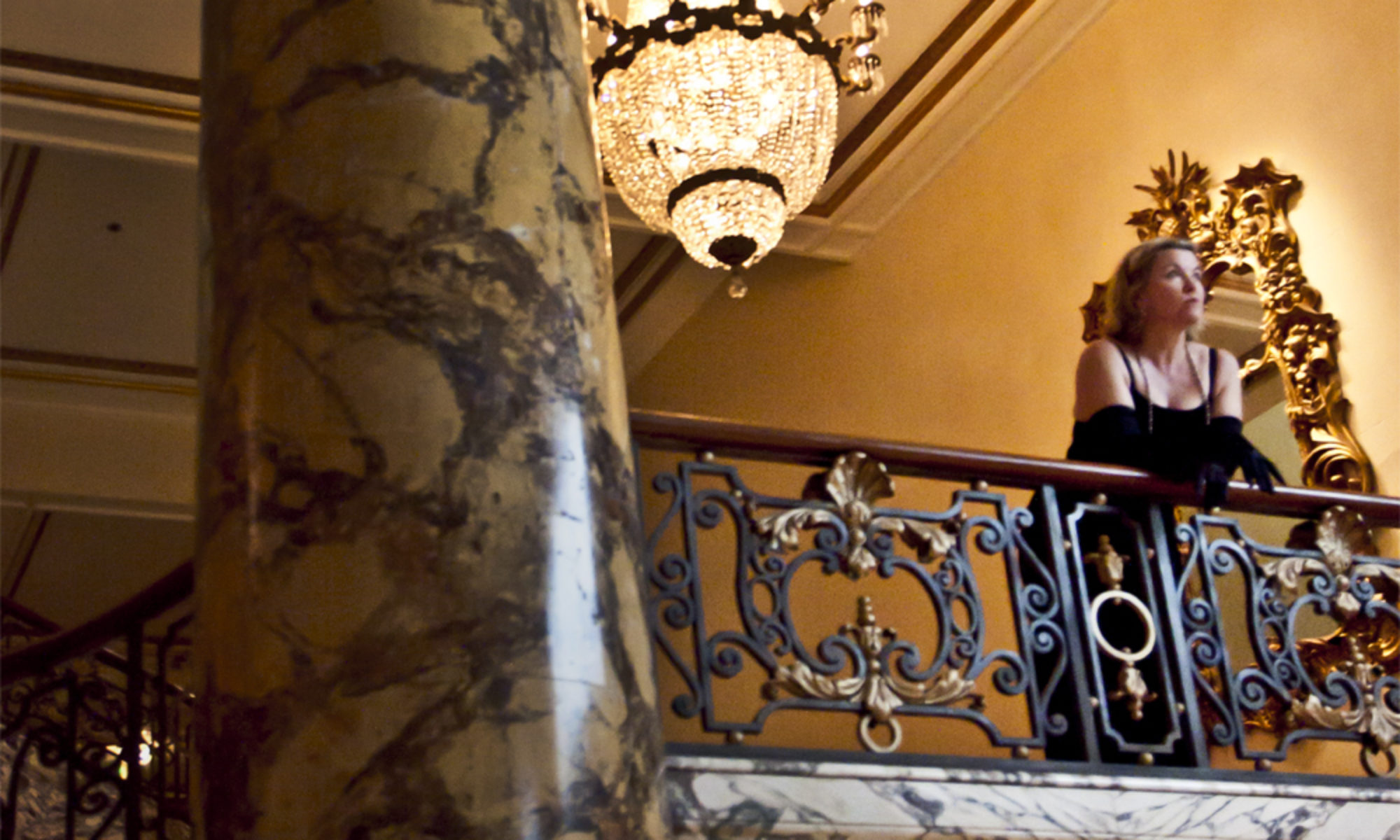We bought apples from the farm table at the Hogs and Hens Festival in Abbeville, and my favorite has got to be Arkansas Black: The crunchiest apple ever, with a durable skin that you have to really bite through, but that makes them good for storing or shipping. I had a bite of a Jonagold and it was all but mushy. NOPE.



It’s a bold name, Arkansas Black. The color is red as rich wine, and the flesh creamy inside. If I could buy those regularly, I would, but as a once-in-a-lifetime treat, delightful. Similarly, this road trip is not something I can do every day, but at least I have this opportunity to do it. I have been posting videos every day since Wednesday and finding them cathartic, breaking silence on the lost people who lived and worked on my ancestors’ plantations. It brings out the trolls, but I am quick with the delete button and the block function.
I do not, as Jane Austen once wrote, write for such dull elves.
There was no land to visit nor acknowledge, although we were on Cherokee lands earlier today, at the Saluda River, and here in Fayetteville, we’re in Manu-Catawba , Skaruhreh/Tuscarora and Lumbee traditional territories.
We stopped for a break at the Saluda Riverwalk and looked for birds. We saw double crested cormorants (common on the West Coast), but I had never seen a kildeer nor a pine warbler or American redstart before. I had many good looks at my new friend the Northern cardinal. It was a good (healing) birding day out in nature. Also saw turtles in the river and sunning on rocks. And what do you know? General Sherman burned down the textile mill right here when he marched through to Atlanta. So we had a little history lesson as well.

As we continued north and east, we finally saw more cotton fields. There was so much rain earlier in the week that we expect they were waiting for it to dry out before cutting. My ancestors grew cotton, or rather, their enslaved workers plowed, planted, grew it, cut it, hauled it to the gin or seeded it by hand. I needed to see a Southern cottonfield. It felt necessary. My next hope is to see a tobacco field or otherwise connect in some way with a tobacco farm or shop.

I made a video this evening when we settled into the hotel, when I had a little alone time to set up and prepare. I have so many spreadsheets, detailing as much as I have gathered about plantation names, locations, acreage, crops, where and when, who owned it, what generation it was, and when that branch joined into the family. I look backward to see what wealth each new branch brought in. Most wives seem to have come from landed families. Wealth marries wealth. There are not a lot of Cinderellas in my history. Wealth is generational, mostly, and usually the next generation does as well or better.
I looked at the land rolling by, at the many dried-up soybean fields, parched without enough rain, and I felt the slight humidity of an October afternoon, thinking on how awful it must have been in high summer before electricity, ice water and air conditioning. No wonder there were dog-trots between houses, screened porches for sleeping, and palmetto fans. Life is usually lovely, if you’re genteel and wealthy. Life was hard, so hard, for the unfree.
I think every day, what must it have been like? I feel it, I hear it, I wonder and think, but I can’t know. I can only imagine.


